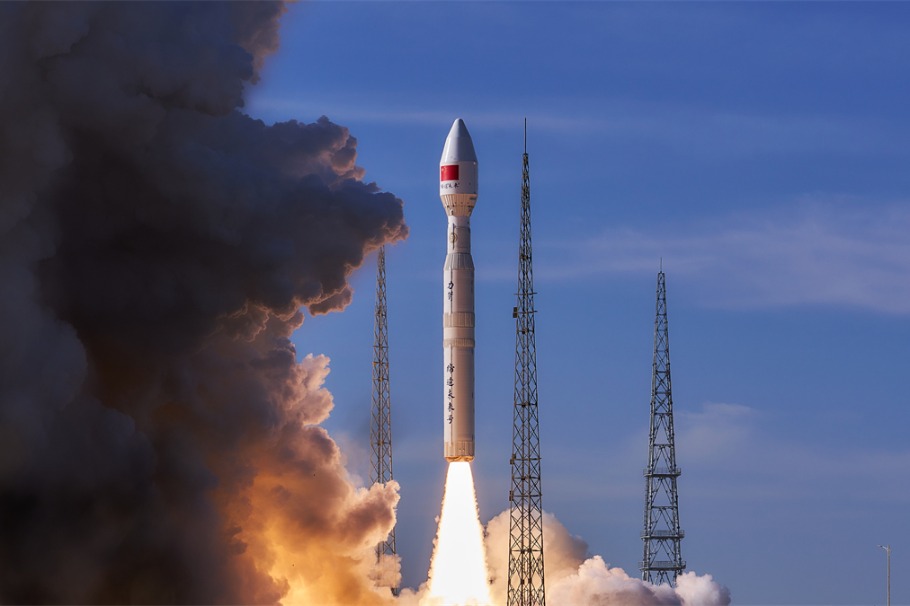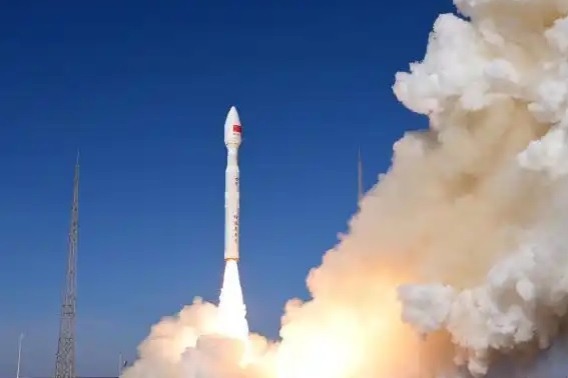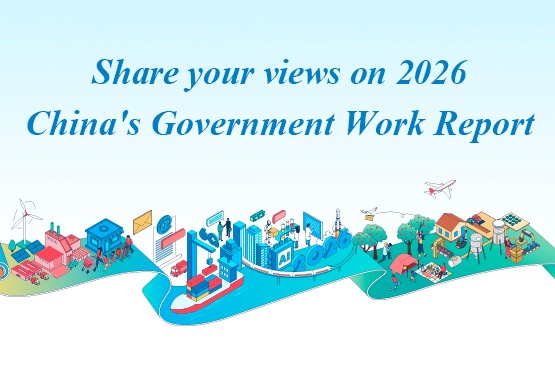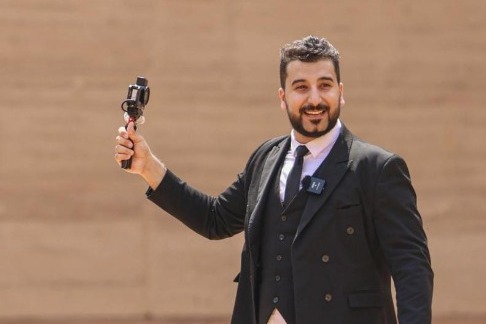Pioneering green tech eyes space application, industry boost
Hong Kong scientist has dual vision to convert CO2 into diverse products


Leading the pack
China's Innovation Action Plan of Energy Technological Revolution (2016-30) lists CCUS among 15 key technologies. Carbon dioxide can be captured from industry, air, or biomass, then either sequestered or utilized through ways such as oil recovery, and chemical or biological conversion.
Biological and chemical utilization technologies for carbon dioxide are at the industrial pilot stage, according to the 2023 China CCUS progress report by the Global CCS Institute, the Administrative Center for China's Agenda 21 and Tsinghua University.
As of November 2022, China had about 100 CCUS projects in operation or in the planning stage. Among these projects, the majority are from hard-to-abate industries such as the cement, iron and steel sectors. There are more than 40 CCUS demonstration projects planned or in operation in the oil and gas, coal chemical, petrochemical, ethanol, and fertilizer production industries.
In 2024, China's first batch of 47 low-carbon demonstration projects included six CCUS initiatives.
In November of that year, Beijing Shougang Lanza Tech began constructing a pilot plant in Hebei province to convert steel and ferroalloy CO2 emissions into ethanol and microbial protein via bio-fermentation. The company has its own second-generation technology, which is able to consume half a ton of carbon dioxide for each ton of ethanol produced.
The company, which launched the world's first such facility in 2018, now operates four plants utilizing CO2 in Hebei, Ningxia Hui autonomous region, and Guizhou province.
Each of these facilities produces both ethanol and microbial protein and has a total annual production capacity of 210,000 tons of ethanol and 23,200 tons of microbial protein, Beijing Shougang Lanza Tech said in its IPO document.
Viable solution
Jeffrey Hung Oi-shing, CEO of Friends of the Earth (HK), endorses CCUS as a critical transitional solution in the push to reach climate targets, noting current emission reduction efforts fall short of the Paris Agreement's 1.5 C goal. He emphasized CCUS's long-term role for hard-to-abate sectors like steel and petroleum, while pointing out traded carbon credits cover 28 percent of global emissions.
Hung urged Hong Kong universities to collaborate with Greater Bay Area firms on CCUS innovation and talent development, while proposing government-led demonstration projects to spur private sector adoption.
Lingnan University's Professor Li Jia, an experienced CCUS researcher, is seeking funding to install her direct air capture technology in some buildings in Hong Kong, where carbon dioxide levels are high.
She said her direct air capture technology has reduced costs from $400 to $200 per ton. Her prototype captures 5 kilograms of CO2, with a "1-ton-per-day" pilot system in development.
Once increased to scale, the units — properly installed in a building — are able to consume the entire CO2 emitted, making it "net-zero emission", Li said.
Buildings produce 50 percent of Hong Kong's emissions, which have dropped 30 percent per capita since 2014(6.3 tons to 4.58 tons), according to the city's climate action plan progress report released in May 2025.Hong Kong aims to cut carbon emissions by half before 2035 and achieve carbon neutrality before 2050. Its carbon emissions, which peaked in 2014, have continued to drop.
Li played a major role in the development of a CR Power Holdings Co power plant in Shanwei, Guangdong province, which has been operational since 2019, annually converting 20,000 tons of CO2 into dry ice.
Betting big
Carbon taxes should be introduced to offset the cost of installation of the new technology that deters its adoption in the private sector, Li said.
Former Hong Kong lawmaker Felix Chung Kwok-pan, however, has argued the city lacks the industrial emissions to justify carbon taxes. Sixty percent of local emissions come from power generation, which is solvable through cleaner fuels, 20 percent from transport, and 10 percent from food waste, also addressable via waste-to-energy plants, he said.
Chung established the Hong Kong Carbon Trading Centre in 2022 to capitalize on growing demand. Leveraging his garment and textile manufacturing background — the second biggest polluting sector after oil and gas — Chung helps about 20 Guangdong and Southeast Asia-based clothing factories reduce emissions, generate credits, and connect with buyers, particularly for the EU and US markets, which have stricter carbon requirements.
With the EU's Carbon Border Adjustment Mechanism taking effect in 2026, Chung said: "It's about a carrot-and-stick approach — credits are the carrot, regulation the stick."
He is currently assisting a Bangladeshi textile factory in certifying carbon credits for 100,000 tons of CO2 reduction. The verification process requires a year-long data and third-party validation, and often local government endorsement. However, the search for buyers is currently stalled due to economic uncertainties from US-China trade tensions.
"Carbon credits remain a secondary revenue stream for manufacturers," Chung explained. "When core businesses suffer from tariff wars, sustainability initiatives inevitably slow." He remains optimistic about selling the credits within the next year, despite these geopolitical challenges.
The voluntary carbon trading market thrives when businesses buy diverse credits, originating from reforestation, renewables, blue carbon, and industrial footprint reduction, to offset stubborn emissions.
Chung cited a Japanese fishing firm seeking rare costly-to-certify ocean credits, while airlines prefer in-sector credits recognized by the Carbon Offsetting and Reduction Scheme for International Aviation. "Buyers favor certain types of credits," he said.
However, Chung does not believe in a globally unified standard. Currently, the most-used global standards include Gold Standard, Verified Carbon Standard, and Kyoto Protocol's CDM credits.
Current carbon prices average $20 to $30 per ton in the US and 80 euros in the EU, he noted.
Chung, also a carbon credit broker, expects to finalize a 300,000-ton deal this year with a Japanese oil firm, sourcing credits from Kenya pending government approval.
Going long on the carbon trading prospects, Chung zeroed in on the Middle East market, seeking a Saudi partner to serve oil companies' credit needs.
- Fire in a residential building claims 12 lives in Guangdong
- International experts share innovative poverty solutions
- Guangdong to launch campaign to identify and rectify major fire hazards
- Vocational school dismisses official over voting scandal
- China sees steady growth in railway sector in 2025
- Chinese architect confirms economic feasibility of integrating tradition and modernity




































